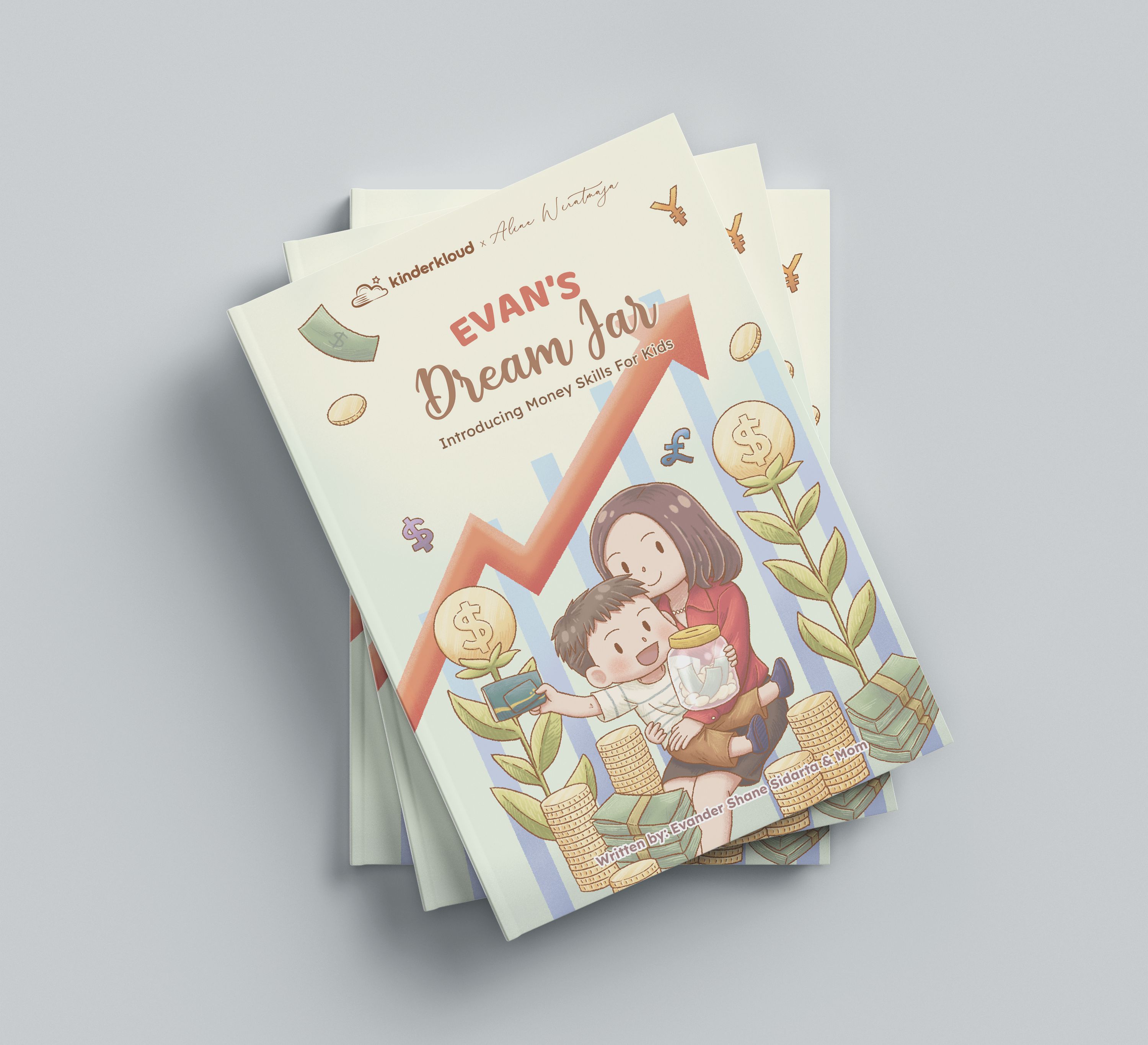How to Build a Home Library for Your Child

If eyes are the window to one's soul, then books are the window to one's mind. What we read throughout our lives becomes one of the things that can reflect who we are or even shape who we are. We are introduced to physical books when we are young, and gradually, we start to get to know various kinds of media in reading, such as newspapers, smartphones, and computers.
We may not realize it, but our parents used to read us stories when we were little. Though, not all parents continue to carry out the tradition of reading stories when their children grow up, children's curiosity can be honed in other ways, which maybe we will discuss in the next article.
Reading books at home has been proven to have a positive effect on children. The average family in the United States has 114 books in their home, and a study by Sikora, Evans, and Kelley (2019), found that children who grow up having a home library can improve their child's literacy, numeric, and technology problem-solving skills as adults. Even more so than children who grow up relying on work or educational degrees from both parents.
Then the question that often arises is, why do we need to create a home library when digital books are already available in various media? For this question, indeed every parent has their own preferences. It is undeniable that technology and gadgets have become part of our lives and even the lives of our children, especially children who have just gone through a pandemic period that requires them to merge with technology for their daily activities in learning, playing, and reading. However, having physical books still has a stronger and positive effect than reading books digitally. Munzer et al (2021) found that children who were given readings with physical books had more reciprocal communication with their parents than children who were given readings via tablets, in short, children who were often read to physical books had better communication. And the occurrence of reciprocal communication with their parents is also better in quantity, Munzer et al (2021) also added in their findings, that children will also have better emotional regulation.
Then, how do we build a home library for our children? Before we start building, it would be nice if we also acknowledged our financial situation, building a library at home, needed funds, and also a lot of time. Therefore, we can create a home library little by little over time. Here are some tips for building a home library for your child:
1. Know What You and Your Children Want
Every child and their parents must have different desires, therefore, it is better if we also involve children in decision making in building a home library for your child. And you can use this project as a way to get closer to your children too!
2. Make a list of books you want to have
Because we build a home library little by little, it would be nice if we made a list of books that we want to have so we don't forget and can also keep us from wanting to buy other things that are not so useful.
3. Vary Book Genres
The purpose of varying the genre of books is for children to learn to develop their knowledge and imagination. The more genres of books they have, the wider children's knowledge and imagination will be!
4. Teaching Children to Take Care of Books
Books, like anything else, are objects of ownership that we need to take care of too, because they can be damaged over time. Therefore, we can teach children to take good care of the books they have, for example by wrapping them in plastic books, and returning them to the bookshelf after use.
Written By: Dinda Akzenta
References:
Bernan, R. (2022, April 19). A Home Library can have a powerful effect on children. Big Think. Retrieved May 15, 2022, from https://bigthink.com/the-present/mind-brain-home-library-benefits/
Children's Book Council. (n.d.). How to Build A Home Library. https://ptaourchildren.org . Retrieved from https://ptaourchildren.org/building-a-home-library/
Munzer et al. 2021. Parent Verbalizations and Toddler Responses with Touchscreen Tablet Nursery Rhyme Apps. PEDIATRICS Volume 148, number 6, December 2021:e2021049964. Retrieved from https://doi.org/10.1542/peds.2021-049964.
Sikora, J, M.D.R. Evans, and J. Kelley. 2019. Scholarly culture: How books in adolescence enhance adult literacy, numeracy and technology skills in 31 societies. Social Science Research: Volume 77, 2019, Pages 1-15, ISSN 0049-089X. Retrieved from https://doi.org/10.1016/j.ssresearch.2018.10.003.
Membaca, parenting, reading, development, library, books, buku, perpustakaan
Newborn 0 - 6 Months / Newborn 0 - 6 Bulan / Reading / Membaca / Education / Pendidikan / How to Build a Home Library for Your Child
Comments













